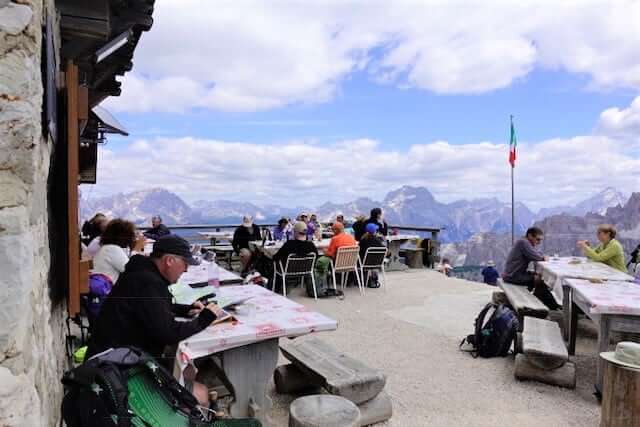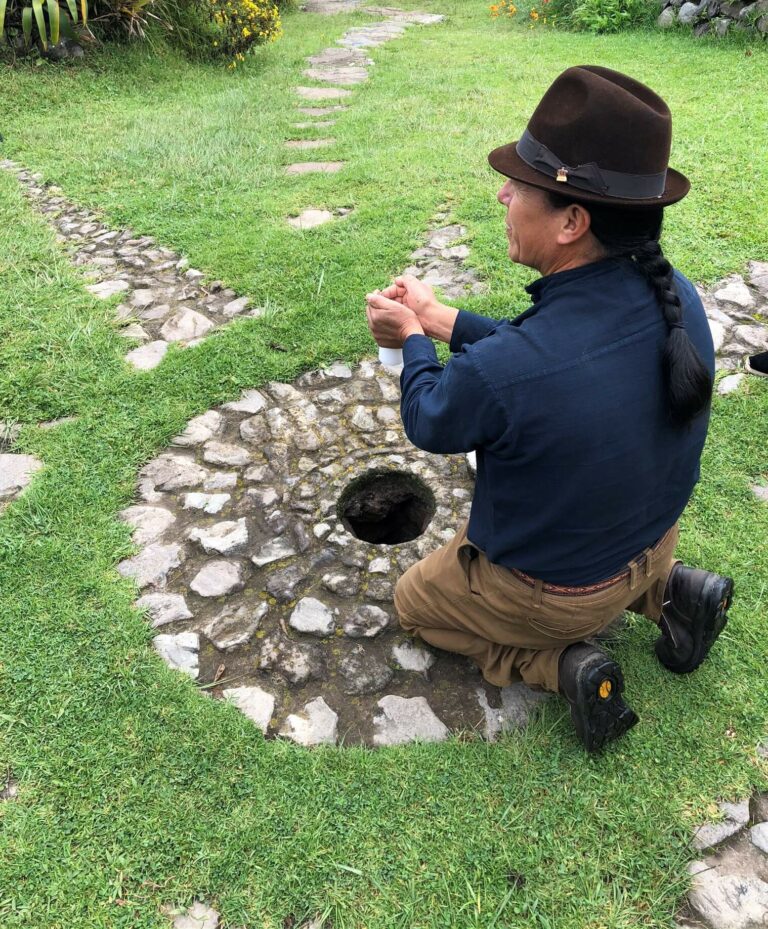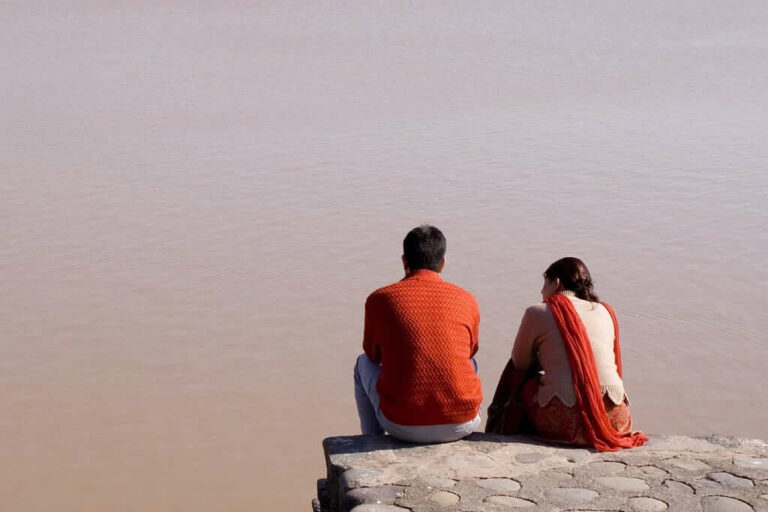My wife, Reka, and I just completed a 90-mile hiking/climbing trip through the Dolomite Mountains in northern Italy. This trip through extremely jagged peaks was nothing short of amazing! Throughout the entire region, there’s a network of “refugios”, or huts, that offer a place for hikers to rest, eat, congregate, and rejuvenate. They were originally designed as simple shelters for hikers, climbers, and local herders to be protected from the weather, but have since evolved into more of an experience. The sleeping arrangements are typically in small dormitories and the showers are often coin-operated and quick. As simplistic as it sounds, these places are special. Many of the huts are perched on rock summits and are only supplied by tiny cargo cable cars, which helped me to understand why they charged what they did. Arriving at a hut after a long, hard day of climbing or hiking feels very civilized – almost like cheating.
Travelers can embrace a challenging and mind-blowing hike in the morning, then arrive at a hut, drop their packs on a bench outside, and push open an ancient, heavy wood door to enter a beautiful stone building. Here, we were always happily greeted by staff and fellow travelers. We’d sit at one of the big community tables to have an espresso in a demitasse with a three-course meal, a piece of strudel for dessert, and some fresh spring water. While sitting at these tables, we’d often talk with others about the trail or what was ahead. We’d settle our tab, grab a sack lunch, shoulder our packs, and hit the trail again. The views were breathtaking along the way – sometimes the exposure, or drops, from the trail were over 1,000 feet. Occasionally, we came across ruins and relics from past wars, which were thought-provoking in their own right. When we’d arrive at our daily final destination in the afternoon, we’d often dry out our gear, maybe take a hot shower or a nap, go for a walk, check emails, and chat while waiting for dinner with other hikers and explorers from across the globe. These dinners ended up being one of the highlights of our trip. We ate well; drank sparkling water, wine, or beer; and discussed the day’s trails and the fluctuating weather in a stone building with postcard views.
It’s worth noting that the sounds were a stark contrast from home. Sometimes, we heard the clanging of the milk cows’ variously pitched bells; other times, we heard only rain or wind as the clouds rolled in and out of frame. However, the best moments were those of total silence, which has become a foreign concept to most. When I find myself surrounded by silence, I do all I can to embrace it.
As a group, we’d lay out maps and plot the next day’s course. Most of us were on the same trail or were going in a similar direction. During the trek, we’d run into each other often, so we began conversing and learning about one another. It was through these discussions that our interactions became more interesting, as we were the only Americans in the group for roughly nine days and the fact that our current president was in Europe making waves; with this combination alone, it’s inevitable that conversations would cover sensitive topics.
Side note: From a political perspective and to be clear, I don’t like either party. I don’t trust politicians or the media. I consider myself a libertarian constitutionalist with conservative financial values and liberal social values. In other words, when I’m in the States, I have the ability to frustrate virtually anyone if we talk politics…even when I want to know the other person’s opinion.
At home, this sort of thinking seems to get me in trouble; but here, even though we didn’t always agree, we could at least have open and honest discussions. For me, I believe that if I’m going to be informed, I need to read numerous differing opinions and then formulate my own based on what I’ve read. So, I do. Although I rarely like what I read, I appreciate being informed and coming up with my opinion.
Sitting at the community tables and having conversations with people was absolutely wonderful…and it helped me realize that in the United States, we’ve lost all sense of discourse. We’re no longer able to have a reasonable conversation with divergent opinions. For example, I’m sure most of us have experienced this scenario: You say something that another person disagreed with. They then proceed to proverbially stick their fingers in their ears and yell, “La, la, la, la” to drown you out. I don’t know about you, but I find this to be infuriating. I knew this deliberate avoidance had worsened in America, but I didn’t realize how much I missed healthy discourse or how bad it had become at home.
Fortunately, that negative situation didn’t play out in the remote, majestic mountains of Italy; it was quite the opposite. Discussions and disagreements centered on people wanting to know why others think the way they do, why individuals feel the way they do, and why people have certain approaches. It was genuine, earnest curiosity – and I think that’s where we’ve become lost in America. People no longer want to hear others’ thoughts; in fact, it appears that most people only want their thoughts affirmed, which is why we often stick with our tribes. Humans live within their echo chambers of belief, so easily found on social media and the “news”. By doing this, it ensures that they won’t be exposed to hearing differing opinions.
However, during these Italian dinner discussions, the questions and desire to understand the reasoning of others was an incredibly powerful reminder for me. One of the main objectives I want to teach leadership teams is how to create trust and an environment where people can have a full-on disagreement and still strive to understand the ‘why’ or motivations of others rather than needing to be right.
So, the next time you’re in a meeting and someone proposes a completely different opinion from yours, I encourage you to reframe your thinking. Foster an internal desire to understand why someone thinks the way they do instead of needing to be right. This doesn’t mean you have to or will change your mind…but the more you understand why, the more you may learn about a person or situation. In addition, by setting the example, you’re demonstrating how this way of thinking becomes a norm for the entire organization. Be inquisitive! It creates an opportunity for team members to have an honest conversation with one another. I also strongly believe this is where innovation, creativity, and true collaboration live. Start by being the example – the sooner you and your team reach this point, the healthier and more successful things will be for all of you.
Are you wondering how to create an honest, open, and respectful work environment? That’s what I do. We’re here to help you and your team succeed, so contact us today! No expectation or obligation.




